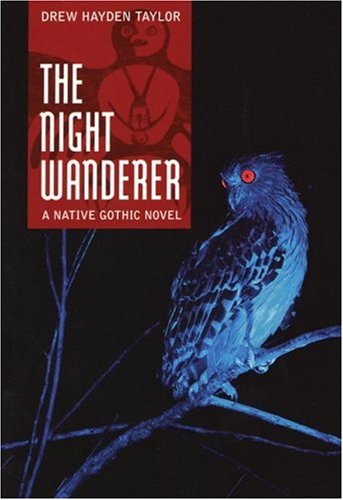Twelve-year-old Frankie Parsons worries about everything. He worries about the batteries missing from the fire alarm, the lack of food in the cupboards, and the “ominous” lightness of the pink china pig that holds loose change for the bus fare. These small events lead Frankie to the “10 p.m. Question” – his nightly talk with his mother that happens to occur at ten o’clock at night, when all of his worries need to be dispelled. His anxiety is palpable and relatable, and just one small detail that makes Frankie so sympathetic and important. Kate de Goldi’s novel follows a few short months in Frankie’s unique and funny life, from February until June.
Frankie’s cat is called the Fat Controller and his father is called Uncle George, a fact that isn’t actually revealed until halfway through the story when Frankie has to re-assert that yes, Uncle George is his father, he just doesn’t call him by that title. Frankie’s life is turned upside down at the arrival of Sydney, a girl with dreadlocks and a history of never staying in the same place for a very long time. Sydney and her siblings are each named after the place that they are born in (one is called Calcutta) and she instantly befriends Frankie and his best friend Gigs. Both boys are impressed by her skill at sports (which surprises them, since the only girl they’ve known to be athletic is their friend David Robinson’s sister: “But Gigs rightly said this was because Julie Robinson was practically a man; she was big and fierce and had a six-pack where other girls had breasts). Frankie starts to like Sydney almost immediately and they begin to write and illustrate a book together for a class project.
The book is organized by chapters that run every second and fourth Tuesday of the month, which also coincides with the occasion of Frankie’s three great aunts – Alba, Teen, and Nellie – coming over for dinner. The women are described as gloriously fat and full of life, and their visit usually coincides with Frankie’s sister, Gordana, exiting the house. Frankie’s brother Louie, however, always comes over for the dinner (and also to do his laundry and to take the spare change off the counters).
de Goldi completely throws everything into creating memorable characters whose dialogue, description, and action gives them the most physical and tactile presence. For instance, before working in a school, Frankie and Gigs’ teacher, Mr. A, worked in a prison. de Goldi brings out this backstory and history in Mr. A by juxtaposing the sort of unknown past and “battle-hardened” disposition with the more lighthearted comedy that comes from Mr. A’s teaching. The two sides come together frequently throughout the novel, one of which occurs early on:
There were many stories circulating at Notts School about the origin of Mr. A’s scar: he’d been in a motorcycle accident; he’d fallen through a window; his wife had thrown a broken plate at him; a deranged prisoner had gone for him with a knife…
“Maybe he just had cheek cancer,” Gigs suggested once. (Frankie hadn’t even known there was such a thing, and he’d added it to his long list of terrifyingly possible diseases.)
But amidst the humor is an underlying feeling of wrongness to Frankie’s life. Even though his mother runs a cake business out of her kitchen, baking teetering layer cakes for the local businesses, she hasn’t left the house in nine years. Frankie has memories of living with his great aunts when he was younger, when his brother and his sister were able to remain at home. And then there are the worries that Frankie repeats in his head about his father’s busyness and the trouble he has in the morning finding things for school and his proclamation, “This house doesn’t work!”
Frankie reminded me a little bit of Christopher from The Curious Incident of the Dog in the Night-time, except this book seems less of a crossover novel than Mark Haddon’s was. The characters, dialogue, and situations in The 10 p.m. Question read so vividly and importantly – de Goldi’s care and investment the story that she creates is evident in her writing. I really came to care a lot about Frankie’s character in the story, and I kind of wanted to share a lot of the small details about him that were collected throughout the book, because they stuck with me for a while. I mean, Frankie’s experience at the swimming pool kind of resonated:
And last Saturday when they’d been there, he’d had his annual unsavory collision with a Band-Aid. There was nothing more revolting in Frankie’s view than freestyling your way, innocent and blissful, into the path of a used Band-Aid. In Frankie’s private hierarchy of squeamish experiences, the casual caress of a stained Band-Aid was right up there with accidentally catching sight of writhing maggots in a forgotten rubbish bag. He’d had to get out of the pool immediately last Saturday and lie on his towel in the sun to recover.
I loved this book. And I loved the characters. And I laughed a lot before it was over.













